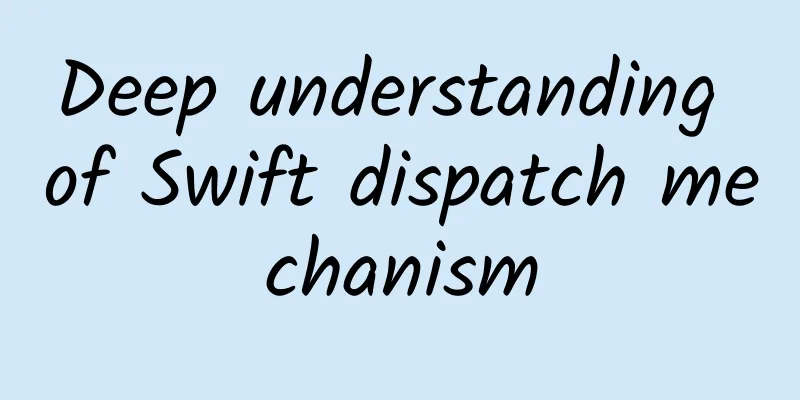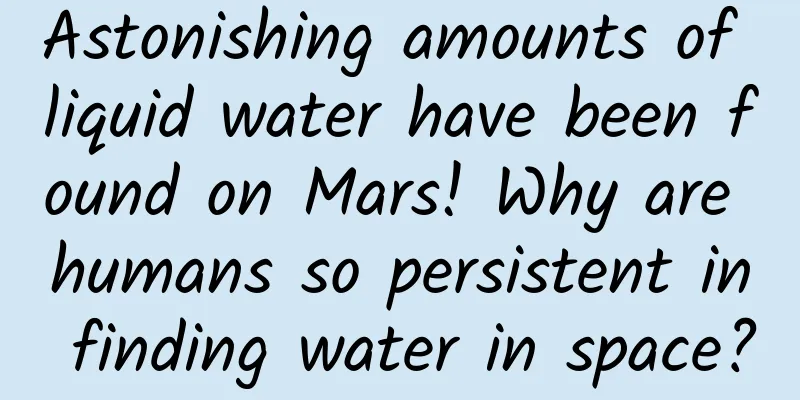Is lying really related to the nose? Everyone is Pinocchio!

|
I believe everyone has heard of the fairy tale "Pinocchio". After Pinocchio was punished for lying, his nose became very long. Although we are taught not to lie since childhood, lies and deception are very common in real life. Of course, some lies are "well-intentioned", such as "I'll treat you to a meal next time we meet", "You really don't look fat in this outfit", "I called you but couldn't get through", etc. Perhaps it is difficult to find someone in this world who has never lied. In fact, everyone is Pinocchio... 1. Is lying really related to the nose? Have you ever thought about this question: Why is lying related to the nose in the story of Pinocchio? In fact, our noses do witness lies. The nose is a particularly sensitive organ in the human body, with a large number of nerve endings distributed. When we receive stimulation from the outside world, these nerve endings will convert the stimulation into electrical signals and transmit them to the nerve center. Therefore, when the human nervous system works, the nose will inevitably change. For example, when we make body movements, the wings of our nose usually expand slightly. This is actually a way to speed up the oxygen supply to the body in preparation for the next movement. When we smell a particularly unpleasant odor, we will wrinkle our nose. When we feel uncomfortable or even depressed about the environment we are in, we will subconsciously wrinkle our nose... This may be the magic of the human body, "a single move can affect the whole body", but these reactions are too subtle and too short-lived, so we often ignore their existence. 2. How does your nose change when you lie? So, how do you catch a liar by looking at his nose? Insula diagram Source: Neuromedical Imaging Alliance Psychological experts point out that because lying creates tension and shame, the human body's nerves are mobilized and neurotransmitters are released to the nerve endings around the nose, causing the nose to produce a stress response. Therefore, itchy noses and nose touching are common when lying. At certain moments in life, we touch our noses subconsciously to hide our embarrassment or guilt. But some people have good psychological qualities and can lie without changing their expressions. Source: Screenshot of TV series "Lie to Me" 3. The “Reverse Pinocchio Effect” However, the researchers found that when the volunteers gave themselves psychological hints and lost their sense of shame, their noses cooled down again. Therefore, in order to further confirm this phenomenon, the research team conducted another experiment. Researchers at the University of Granada forced about 60 students to quickly make up lies and complete several-minute phone calls with their parents, friends and lovers, while using infrared thermal imaging to measure the temperature of different parts of their faces during the experiment. In the previous experiment, the volunteers lied without any psychological burden, but in this experiment, the students were more eager to complete the lie, which reduced the shame brought about by lying. The results show that when students lie under task pressure, a low temperature area is generated around the nose, but the temperature of the forehead rises slightly. Through specific data, it is found that the former can drop by 0.6 to 1.22°C, and the latter can rise by 0.6 to 1.5°C. Therefore, in this process, the nose will shrink slightly. Source: Emilio Gómez Milán and his team from the University of Granada, Spain Although such subtle changes cannot be seen by the naked eye, the researchers finally confirmed this conclusion after repeatedly comparing the temperature changes of the nose and forehead, and called it the "reverse Pinocchio effect." The researchers explained: "Because lying requires thinking, the temperature of the forehead will increase; at the same time, because lying is prone to tension and anxiety, the temperature around the nose will decrease, and the greater the temperature difference between the forehead and the nose, the greater the possibility of lying." Interestingly, the thermal imaging lie detector detected temperature fluctuations in 80% of the test subjects, which is better than any other modern lie detector. To sum up, no matter what the situation is, as long as we are lying, our nose will always feel uncomfortable... In fact, signs of lying can be revealed in various ways, not just the nose, but also the coordination of limbs, the coordination between facial expressions and voice, etc., which can all become clues to judging lies. Source: Screenshot from One Piece At present, thermal imaging lie detectors have become the most reliable lie detectors in the world, with an accuracy rate 10% higher than the popular polygraphs. With the advancement of technology, will more facial lying features be discovered, and will more lie detection methods be explored? We will wait and see. |
<<: Soap and mosquitoes: the secret weapon to defeat the "return of the south wind"?
Recommend
Millions of dollars were stolen from Pinduoduo. What is the trick behind the coupons?
The e-commerce "Internet celebrity" Pin...
Automatic test input generation for Android: are we done yet?
Citation: SR Choudhary, A. Gorla, and A. Orso. Au...
Android process management: How to terminate the process during development
In Android, directly killing the application proc...
What else does circadian rhythm affect besides sleep?
Before life was born, the earth was already rotat...
Tesla Supercharger stations are no longer free, and will become paid
Recently, Tesla announced an adjustment to the op...
Will iPhone 8 create another miracle? It is likely to disappoint Apple fans again
Since entering 2017, rumors about the iPhone 8 ha...
Baidu promotes the five major marketing values of information flow advertising brand zone!
Establish brand image and enhance brand trust The...
Porsche may stop using diesel engines as Volkswagen scandal spreads, 20,000 Cayennes will be recalled
After nearly two years of investigation, the &quo...
Cross-border cooperation and entertainment marketing become a new business model for video websites
Traditional enterprises are inevitably aging in th...
The "Song of the 24 Solar Terms" actually has eight lines, and you may not have sung all of them.
The beginning of winter has just passed, which me...
Father’s Day copy is here, it’s from the heart, not the body! !
Father's Day is coming. They are good at many...
Why is marketing so difficult nowadays?
Why has marketing become difficult? What changes ...
How can I get the original logo of Toutiao account?
Many writers who write for Toutiao accounts are v...
Google Android 12 hardware requirements announced: 6GB RAM + 1080p screen recommended
[[429001]] According to news on October 14, Googl...
Zhu Baiban's Douyin sales promotion course
Zhu Baiban's Douyin Advanced Course Resource ...






![[Case] With the right copywriting, CTR increased 6.3 times!](/upload/images/67cc3665508a4.webp)


